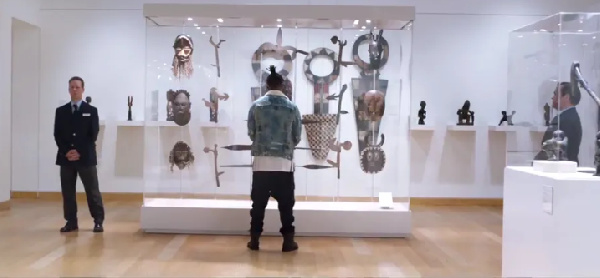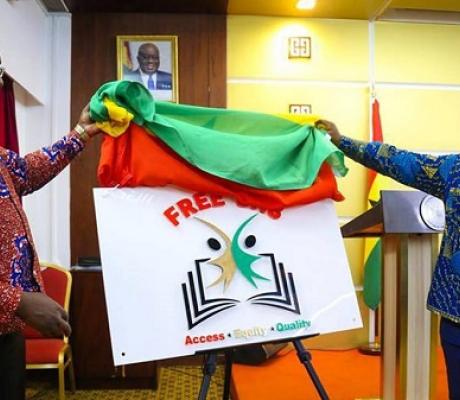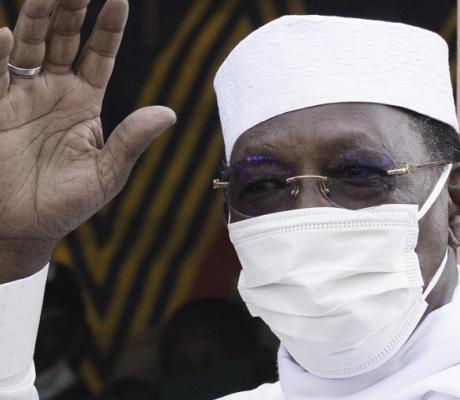The initiative to bring back African art and artefacts to Africa is not only confined to Killmonger in the movie Black Panther. The rise in demand and negotiations for restoring looted African objects is being led by African museums, archaeologists, and art collectors. Thanks to Chinese investments, these African objects will return home.
European Museums and African Artefacts
An estimate of 90% – 95% of sub-Saharan cultural artefacts are held outside of Africa, most of which were stolen during the colonial period. Museums across Europe have been announcing plans to return stolen artefacts to Africa.
Last year, France commissioned a study on how much African art is held in French museums. The report estimates that 90,000 African items are currently held in French museums. These items can potentially be held in Senegal’s Museum of Black Civilizations.
Senegal is one of the first African countries to request a large-scale return of looted objects. The Museum of Black Civilizations stands at 150,000 sq ft. China provided a significant funding boost for the building of this museum, paying $34 million. With the collections it currently holds, the museum still has room for approximately 18,000 artworks.
This museum, similar to others now being built throughout Africa, can be held as a direct response to the push back on returning African objects. Museums and collectors in Europe have previously stated that Africa does not have the infrastructure or expertise to adequately display and preserve such objects.
Egypt’s initiative to push European museums to return Egyptian artefacts is also a response to that push back. Dr Zahi Hawass, a prominent Egyptian archaeologist and former Antiquities minister, is leading a campaign to return African artefacts, including the bust of Nefertiti, currently held in Germany, and the Rosetta Stone, currently held in England. The campaign seeks for these artefacts to be held in the Grand Egyptian Museum, scheduled to open in Cairo at the end of 2020 and will have the capacity to hold a collection of 50,000 artefacts.
The African Art Market
This rise in demand is not only based on stolen objects. The art market in Africa is also returning the value and industry to Africa. African collectors, specifically in Morocco, South Africa, Ghana, Nigeria, and Ethiopia, are redefining the value of the art market in Africa. Starting in 2015, different international art fairs have opened in Africa, including Art x Lagos, Latitudes Art Fair Johannesburg, and Investec Cape Town Art Fair. All of these typically showcase African and African Diaspora art that is not normally seen in Africa.
Due to this, global auction houses have been positioning themselves to capitalize on this growing group of African collectors. In October of 2019, Sotheby’s Modern and Contemporary African Art auction made 4 million euros, which is the highest ever total made in this category of art. This is also influencing the careers of African artists. Prête-Moi Ton Rêve (Lend me your dream) is a year-long pan-African travelling exhibition that brings together 30 artists that are well-known outside of Africa but not widely known in Africa. Its mission is to showcase the fact that art visibility and art history education across Africa is key to solidify the African art market for the long term.
As these initiatives continue to raise awareness and successfully restore Africa’s stolen artefacts, the value of African art will be widely established and recognized in and out of Africa. With continued Chinese investments, the infrastructure is now in place to sufficiently hold and preserve Africa’s stolen art and artefacts.
Source: africansonchina.com







